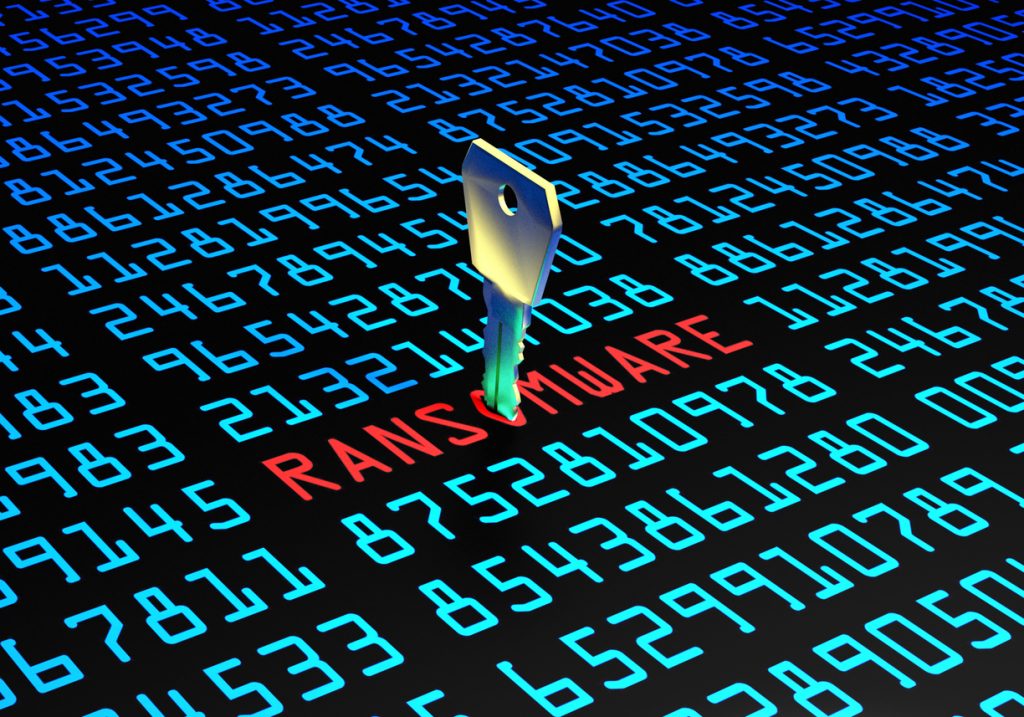As more K-12 institutions adopt hybrid and asynchronous learning models and the TechEd market continues its rapid development of innovative tools and equipment, finding a technology partner who understands the needs and requirements of educational providers is a must. However, this decision is not as simple as purchasing new equipment for the classroom or incorporating an online learning management system (LMS). Additional factors like a partner’s cybersecurity expertise and ability to integrate with an institution’s existing services must also be considered.
Unique Challenges for K-12 Institutions
The news is rampant with businesses that have been hacked in recent years and were forced to react to increased security concerns. Educational institutions are not exempt from this exploitation by bad actors. Unlike businesses, however, solutions for K-12 systems must account for multiple levels of access while also meeting the educational needs of students. Creating an environment that is innovative and adaptive requires a thorough understanding of the unique demands inherent in the K-12 environment.
With a reliance on LMS platforms as tools for grading assignments and evaluating plagiarism and machine learning output, a one-size-fits-all approach to educational technology is rarely ineffective. The favored implementation instead is a blended learning model that incorporates online learning sessions, e-textbooks, streaming resources, and AR/VR technology. For this approach to be effective and for educators and administrators to reap their return on investment, the equipment, software, and Internet services must work together. Otherwise, there’s the risk of impeding students’ learning efforts when the demand is too great and service is disrupted.
Selecting the Right Technology Partner for K-12
When cost or dated technology is a concern for institutions, choosing a technology partner may seem impossible. The selection process becomes a balancing act of trying to find adequate resources within a tight budget while also seeking a provider who understands the educational infrastructure. Researching various service offerings is an excellent first step, but it must be accompanied by a deep dive into specifics. Can this partner integrate with existing systems and software? How will updates and training be handled? The goal is to establish a streamlined administration for both the short and long term.
Educational institutions have the added pressure of staying compliant with the Family Educational Rights and Privacy Act (FERPA)1,2. Adopting a strong cybersecurity stance protects the data of both students and staff. The 2023 Data Breach Investigations Report notes a 14% increase in social engineering attacks against educational institutions this past year, with phishing representing 18% of attacks.3 Hacking through stolen credentials, malware, and ransomware is another concerning trend. Given how frequently educators and students use online tools and resources in today’s K-12 environment—along with this now being a common target for security breaches—consideration of a partner’s cybersecurity experience is an essential component in the selection process.4
Selection Criteria for Technology Partners
There are many variables to consider when evaluating potential K-12 technology partners. Using research and recommendations from others in the field, administrators should analyze both the track record and reputations of potential partners. Other factors include any updates to existing equipment or software, as well as the overall plan for mitigating security threats. A technology roadmap can help with this discussion.
According to a study in The Journal of Research on Technology Education, technology deficiencies and the time required to learn new tools and applications are common barriers educators struggle with. Asking questions upfront and discussing specific training needs helps mitigate those concerns and provides a proactive plan of attack. Other topics to address during the evaluation process include pricing structure, ongoing tech support options, and the method for implementing software and equipment upgrades.5
Trends and Predictions
The days of chalkboard demonstrations have rapidly shifted to seamless learning experiences, thanks to web cameras and recordings, online testing solutions, and cloud storage options. The addition of equipment like AR/VR headsets to enhance simulations is becoming the new normal in classrooms, as are LMS platforms and digital textbooks. Increased broadband connectivity and targeted cybersecurity solutions will also be in more demand.
Salesforce’s latest predictions for educational technology reflect a dominance of AI tools and resources. As these tools become more immersive, educators will be forced to rethink their evaluation process. Administrators will begin contemplating options for complementary tools to detect plagiarism and cheating as they struggle to keep up with the EdTech industry’s latest developments.
Integration with Other Technologies
The most effective K-12 technology decisions are not based on a single factor, like cybersecurity or integration capabilities, but a blended approach that incorporates streamlined technology with the latest learning models. Wi-Fi connectivity, digital equipment, and cloud storage access are now present in many classrooms. To ensure an optimal learning experience, some schools have chosen to create a private network within the facility. Blockchain technology may also be used to monitor and analyze system usage.
Learning platforms are often the core component of today’s educational models, but successful use of this platform requires strong login procedures and access protocols, as well as adequate bandwidth and integration with other learning tools. Cloud data storage also requires sufficient login procedures to protect staff and students as they access homework and other educational files online.
Case Studies
Numerous schools in the United States have reported successfully integrating technology solutions into their learning environments. While the coronavirus lockdowns were highly disruptive to the educational system, they helped spur new policies and procedures for asynchronous learning. One example is The Lincoln Academy, a K-12 charter school in Wisconsin, whose administrators regarded the pandemic as an opportunity to be proactive. They secured resources and built a cloud-based infrastructure to improve their educational offerings, digital whiteboard equipment, and Wi-Fi connectivity.
For other school systems, a partnership is necessary. Sometimes, money is a factor in this decision, but for some schools, the driving force is the desire to create digital equity for students with limited online access. For example, Mesa Public Schools in Arizona partnered with Cox Private Networks to increase internet accessibility for the low-income areas in its district. Through its partnership with Cox Communications and a local grant, Omaha Public Schools integrated broadband connectivity into one of its school buses to ensure rural students had internet access outside the classroom.
Takeaways
The EdTech market has exploded with virtual technology options like AR/VR headsets and digital content alternatives. These trends represent positive growth for K-12 school systems, which benefit from software and equipment that afford students access to learning material in ways not previously possible. With the integration, however, comes a responsibility to implement adequate and reliable technology and protect students and the institution without impacting the learning experience.
Key decision-makers have an obligation to protect their K-12 institutions and the well-being of students and their data. Their decisions are not simple, from determining the most capable tech provider to ensuring safe online access and ample internet connectivity. With a push to form integrated connections and develop a blended approach to learning and administration, choosing which provider to use requires due diligence and an awareness of the potential pitfalls if the wrong partner is selected.
References
- Data Security: K-12 and Higher Education. Student Privacy at the U.S. Department of Education. https://studentprivacy.ed.gov/Security
- Family Educational Rights and Privacy Act (FERPA). Student Privacy at the U.S. Department of Education. https://www2.ed.gov/policy/gen/guid/fpco/ferpa/index.html
- 2023 Data Breach Investigations Report (DBIR). Verizon. https://www.verizon.com/business/resources/T72a/reports/2023-data-breach-investigations-report-dbir.pdf
- Langreo, Lauraine. (2023, 17 August). Schools Are a Top Target of Ransomware Attacks, and It’s Getting Worse. Education Week.https://www.edweek.org/technology/schools-are-a-top-target-of-ransomware-attacks-and-its-getting-worse/2023/08
- Francom, Gregory. (2019, February 21). Barriers to technology integration: A time-series survey study. Journal of Research on Technology in Education. https://www.tandfonline.com/doi/full/10.1080/15391523.2019.1679055



